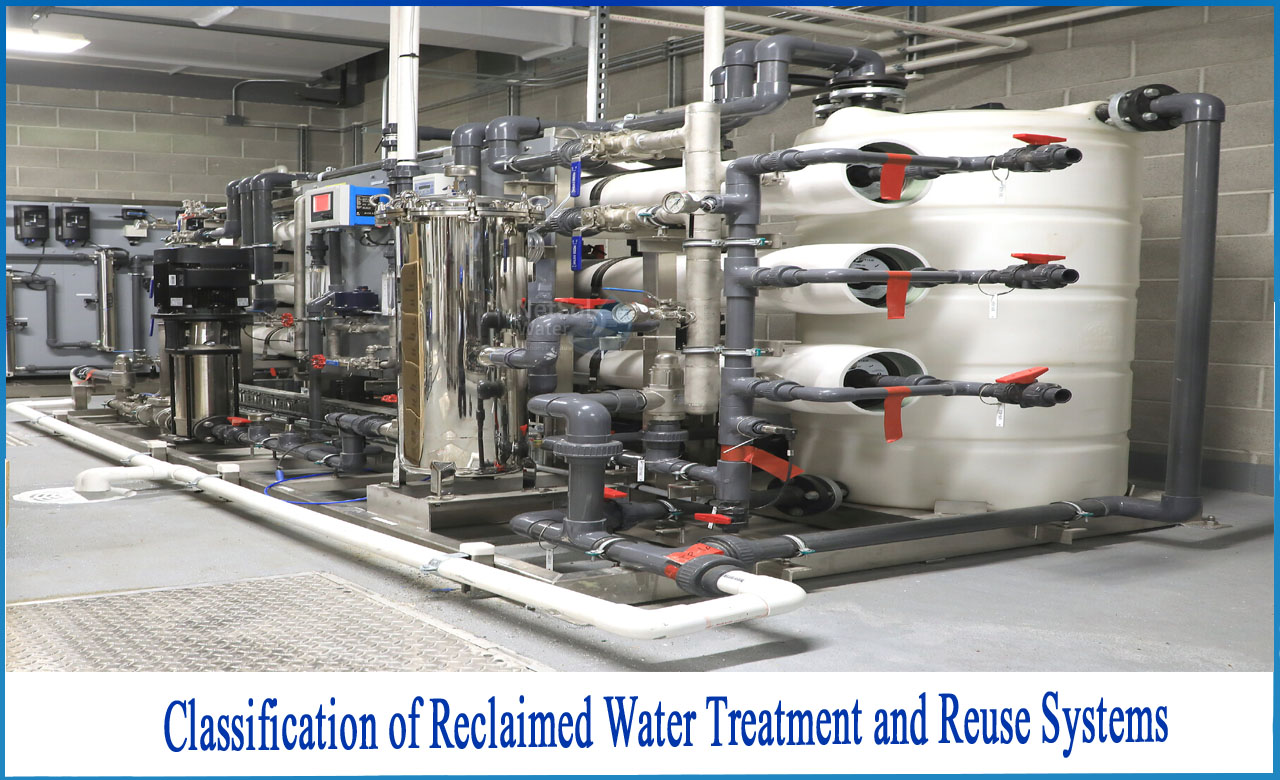How to Classification of Reclaimed Water Treatment and Reuse Systems?
Residential wastewater, or a combination of domestic and industrial wastewater, that has been treated to rigorous effluent standards and is safe for use in regions with unrestricted public access, is referred to as reclaimed water.
Because most of the sites where recovered water will be used are open to the public, public health is the key concern. Although using recycled water will be advantageous, there is no guarantee that it will provide all of the water required or requested.
Reclaimed water that has been thoroughly treated and meets the requirements of the guidelines is a valuable water resource. With rising water needs, recovered water reuse is becoming a major concern in water management.
Classification of reclaimed water treatment and reuse system
Reclaimed water treatment and reuse systems are classified into the following groups based on the breadth and scale of their supply:
1. Unrestricted reuse in cities
Toilet flushing, firefighting, air conditioning, construction, ornamental fountains, and aesthetic impoundments are all examples of irrigation with recycled water in locations where public access is not prohibited, such as parks, playgrounds, school yards, and households.
2. Urban re-use with restrictions
Irrigation of places with controlled public access, such as golf courses, cemeteries, and highway medians.
3. Reuse of agricultural waste on food crops
Irrigation of food crops for direct human consumption, which is often categorized according to whether the food product will be processed or ingested raw.
4. Agricultural repurposing for non-food crops
Irrigation is used to irrigate fodder, fibre, and seed crops, pastureland, commercial nurseries, and sod farms.
5. Recreational usage is unrestricted
A body-contact water-recreation impoundment with no restrictions on body-contact water-recreation activities.
6. Recreational reuse is restricted
Recreation is limited to fishing, boating, and other noncontact leisure activities in a reclaimed water pond.
7. Reuse in the environment
Reclaimed water is utilized to create artificial wetlands, improve natural wetlands, and keep stream flows going.
8. Reuse in industry
In industrial facilities, reclaimed water is mostly used for cooling system makeup water, boiler feed water, process water, and general wash-down.
9. Regional structures
For regional structures, a reclaimed water reuse system has been installed. Secondary sewage treatment facilities in a small area characterize the system. Urban sewage treatment plants or industrial waste water might be used to treat the water source in the area. This water can be sent to a regional reclaimed water treatment plant for enhanced treatment and building flushing.
10. Small area buildings
For modest buildings, a reclaimed water system is available. The system's reclaimed water comes from the various drainage generated by each structure in the building district. Residential quarters, schools, and government institutions and organizations can all benefit from this system. Its processing plants are located in the neighborhood.
What do we offer?
Netsol Water, as water treatment experts, can help you with water reuse and conservation in your operations, as well as the optimization of existing water production and the design and building of new, energy-efficient, and environmentally friendly water and wastewatertreatment systems. Our products and solutions can provide the water your plant requires at every stage!
If you need an advice or assistance on selecting the best water and wastewater treatment unit, call us on +91-9650608473 or write us at enquiry@netsolwater.com



